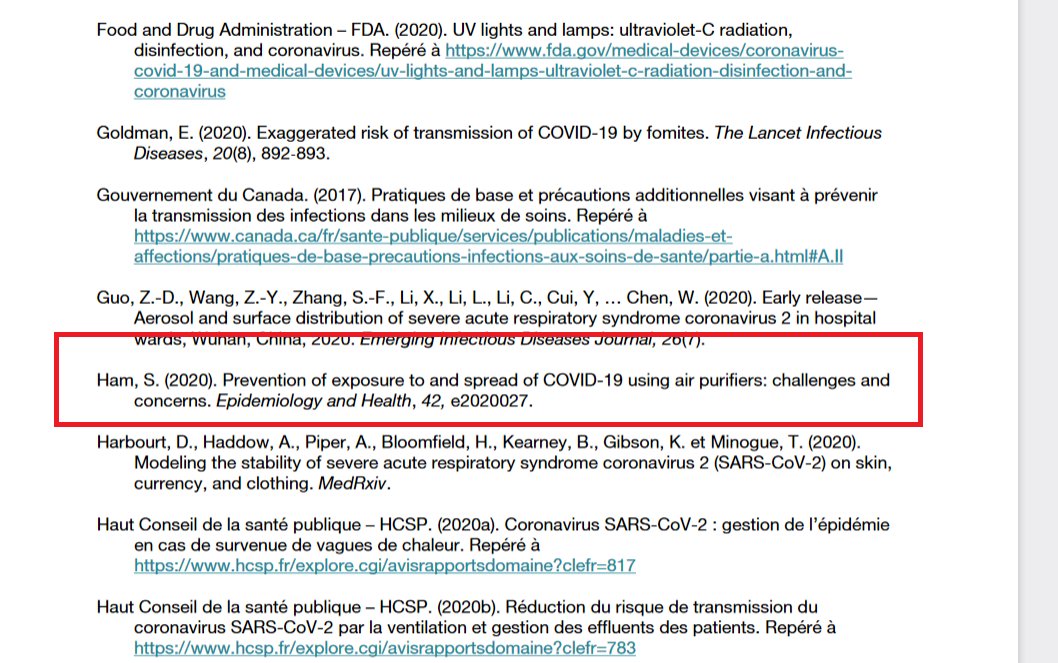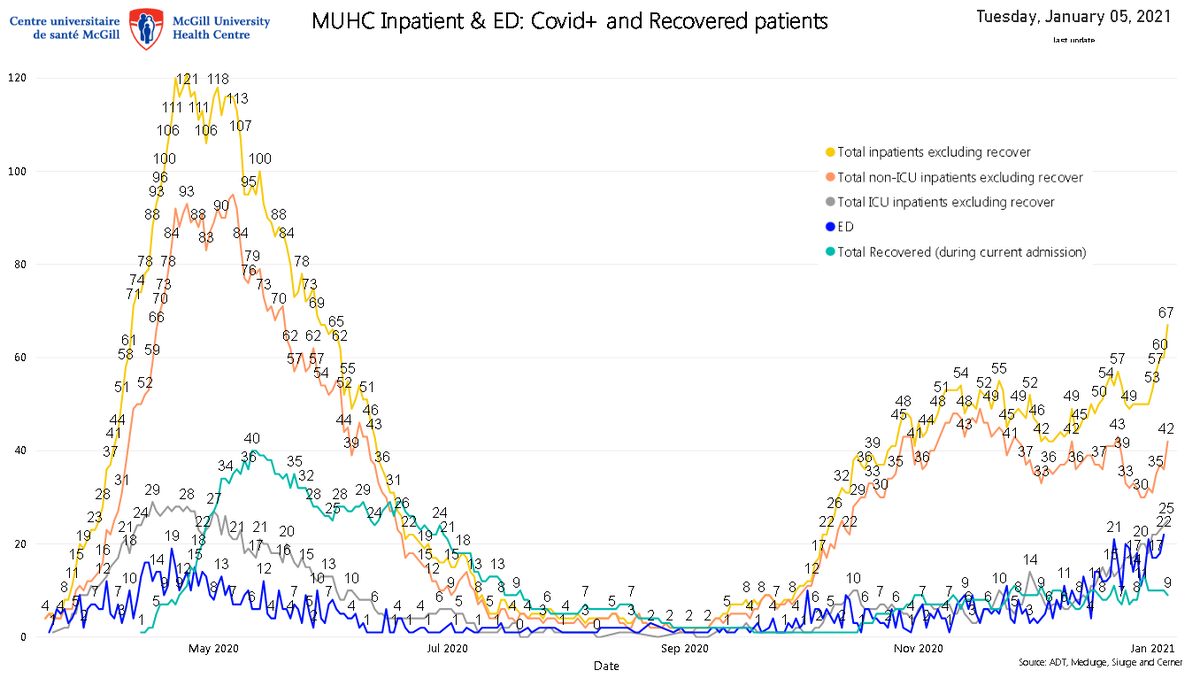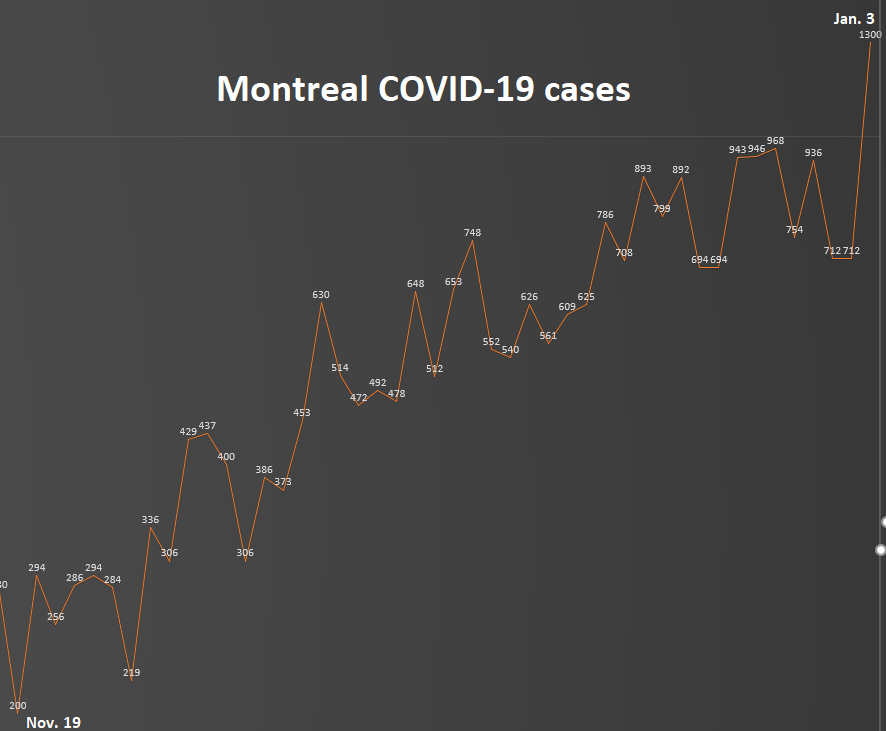
1) On the eve of Quebec’s announcement of a total lockdown for at least three weeks, the province posted a staggering single-day increase of 31 #COVID19 outbreaks in health-care institutions. In this thread, I will focus on what the lockdown will mean for these facilities.
2) In the short-term at least, it’s doubtful the lockdown will ease the tremendous pressure that hospitals and long-term care centres are under, with #COVID19 outbreaks flaring up, workers getting sick and hospitalizations rising.
3) In the first wave, Premier François Legault announced a lockdown on March 13, and waited nearly three months to declare the lifting of restrictions in Montreal. The big question is whether a lockdown of three to four weeks will be sufficient this time around.
4) The key difference now is that authorities are vaccinating the residents of long-term care centres and health workers against #COVID19. But the government is not inoculating nearly enough people at the current rate of 2,500 shots a day to counter the current resurgence.
5) It’s therefore foreseeable hospitals and eldercare homes will still be hit for a while with outbreaks, like the major one at the CHSLD St-Antoine in the Capitale-Nationale. It reported 23 new infections in the past 24 hours and the death of an orderly, Oscar Anibal Rodriguez. 
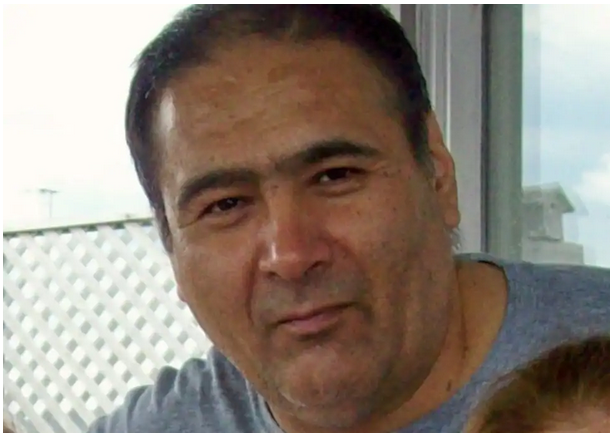
6) The Health Ministry on Tuesday reported 455 #COVID19 clusters in health-care institutions, up from 424 the day before. Outbreaks plummeted by 68 to 294 in schools, but that’s understandable since they closed on Dec. 17. Workplace outbreaks dipped by two to 604.
7) Hospitalizations due to #COVID19 rose by 23 to 1,317 across the province Tuesday. What’s noteworthy is the number of intensive-care stays (194) is now tied with those observed on May 12, when Quebec set a #pandemic record of 1,866 hospitalizations. 
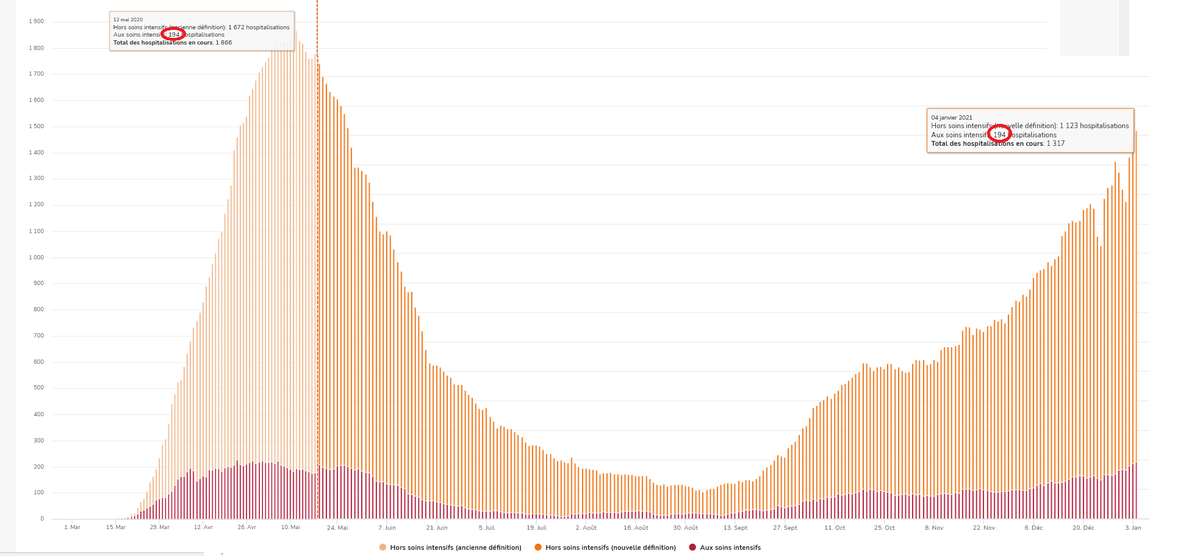
8) Meanwhile, Montreal logged 790 #COVID19 cases Tuesday, a significant drop from 1,128 the day before. But this has occurred amid a marked decrease in testing in the past two days. The city’s seven-day average is still high: 43.91 cases per 100,000 residents. 
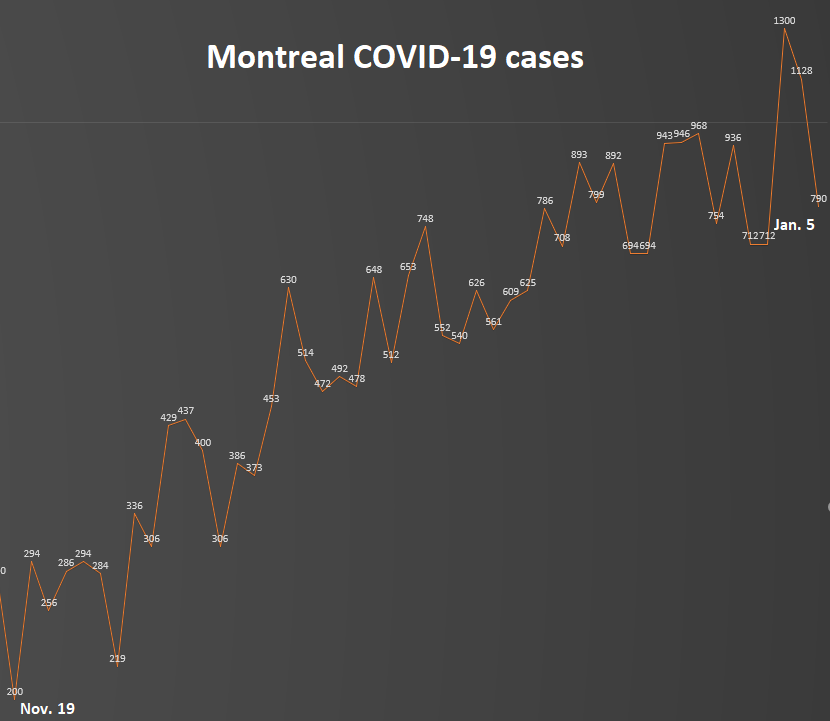
9) At the neighborhood level, the health district comprising Rivières-des-Prairies, Anjou and Montreal East recorded a surge in #COVID19 infections Tuesday: 115. Two other districts in the north end and centre of the city each posted at least 90 cases. See the chart below. 
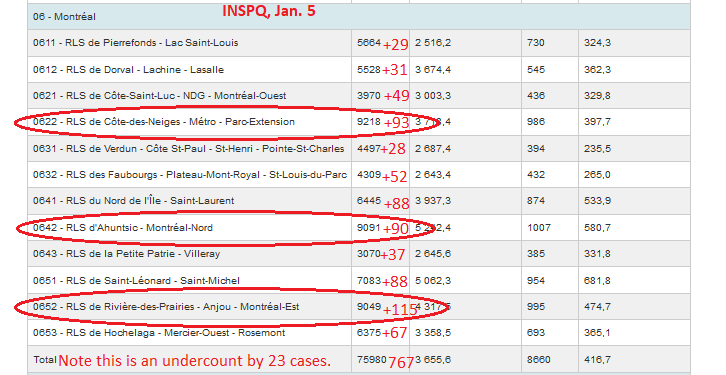
10) Finally, Montreal declared a dozen #COVID19 fatalities Tuesday, and 45 since Jan. 1. For context only: The city’s death toll now stands at 3,907, compared with 2,712 in Paris, and it's rising faster than the one in the French capital. End of thread. Stay safe, everyone. 

• • •
Missing some Tweet in this thread? You can try to
force a refresh

